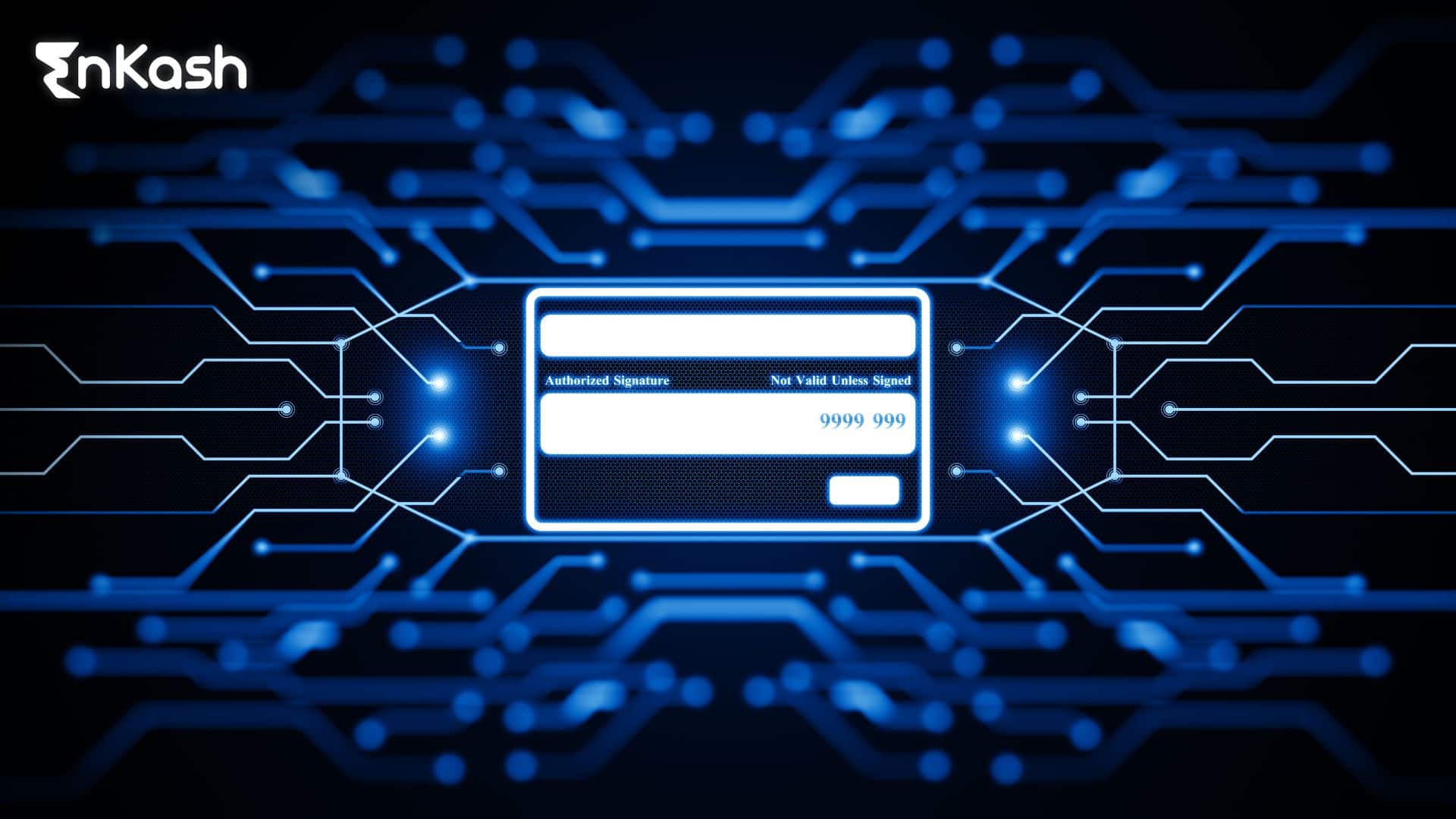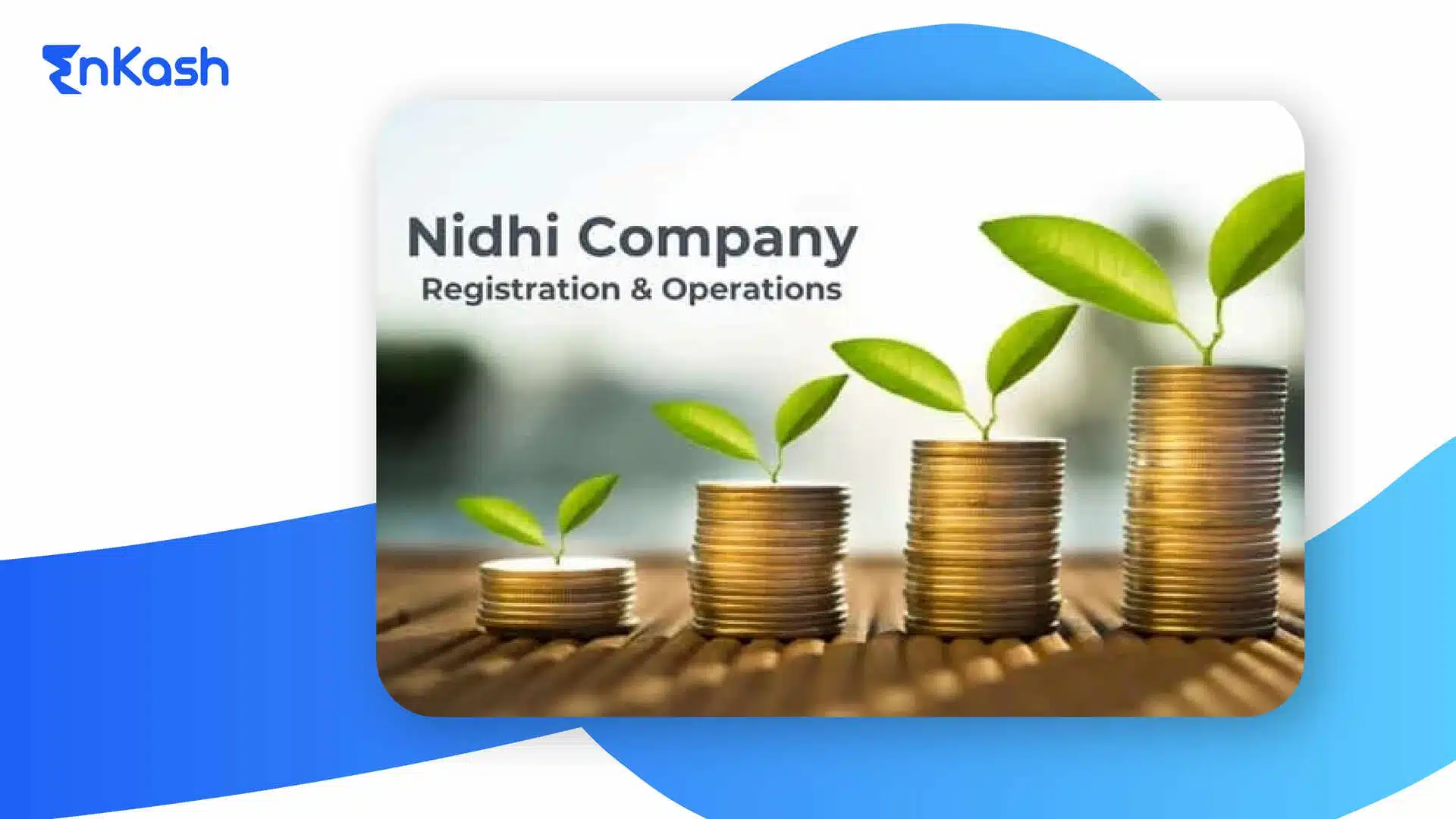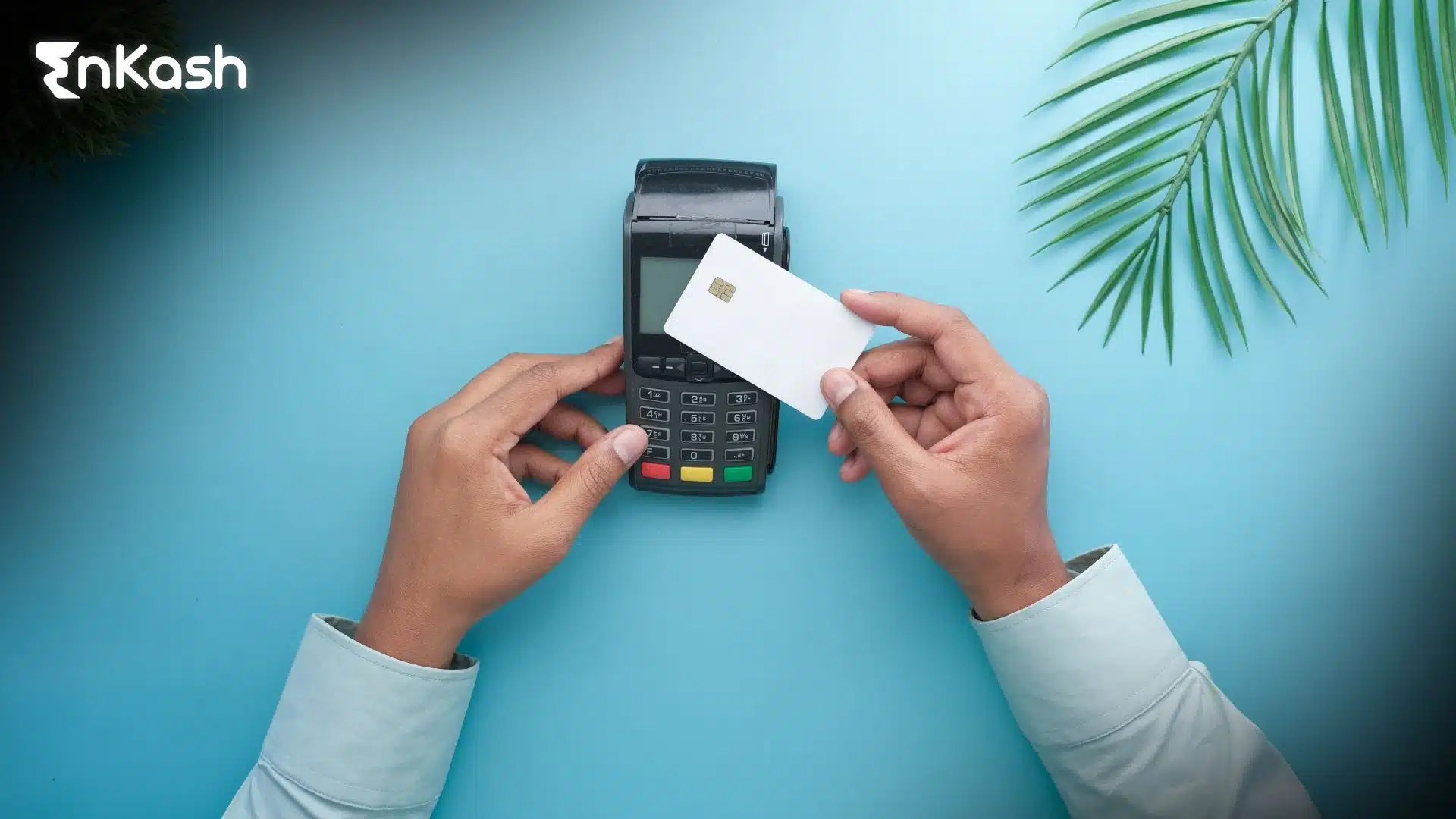The Role of Encryption in Digital Payment Ecosystems
In the present-day digital economy, secure financial transactions are the backbone of trust. Millions of users enter their payment details daily, from shopping online to subscribing to services. But each time sensitive card information is transmitted online, it creates a potential vulnerability—one that cybercriminals actively seek to exploit.. This is where encryption plays its most crucial role.
To understand what is encryption, imagine taking a message, scrambling its contents so only the intended recipient can understand it, and sending it across a network filled with eavesdroppers. In payments, this message is your card number or UPI ID, and those eavesdroppers are hackers, rogue software, or even unsecured public networks. Encryption ensures this data remains unreadable to everyone except the trusted systems authorized to handle it.
The true encryption meaning in payments lies in its ability to turn human-readable data into an unreadable format using complex algorithms. Without the right decryption key, the data stays protected. This process is not limited to just online stores. It also applies to QR-based payments, POS terminals, and recurring billing services.
Payment encryption forms the first layer of defense for payment gateways, shielding user data from interception or tampering. It acts silently in the background but is essential for making online transactions viable and safe. As threats evolve, how encryption secures digital payments becomes more than just a technology solution. It becomes a necessity that every stakeholder in the payment ecosystem must prioritize.
In the sections that follow, we will explore how encryption is embedded into every step of a payment process, what standards govern its implementation, and why modern digital transactions cannot function securely without it.
Inside the Process: How Payment Gateways Use Encryption
Every time a customer enters their card details on a checkout page, a complex security process begins. This process ensures that the information reaches the bank securely without being exposed during transit. At the heart of this protection is payment encryption, which works from the first click until the final confirmation of the transaction.
When a customer types in their card number or payment credentials, the data is immediately encrypted on their device. This is typically done through a secure connection using protocols like TLS, which wraps the data in a protective layer. This encrypted data is then transmitted to the payment gateway without exposing any readable information to the network or the systems in between.
Once the data reaches the payment gateway, it undergoes further verification. At no point during this process is the raw card number exposed. The gateway decrypts the data using its private keys and re-encrypts it before sending it to the acquiring bank or payment processor. This back-and-forth transfer is managed through a secure chain where each party has limited access, and the information is kept encrypted at all times.
This multi-step protection explains how encryption secures digital payments in real time. Even if an attacker intercepts the data, they cannot make sense of it because the information is scrambled using secure keys. These keys are not stored in exposed files or open memory. They are protected by dedicated hardware and strict access control.
Modern gateways also apply encryption when storing any form of payment data, even if only temporarily. This is part of their ongoing responsibility to secure both personal and financial information.
In simple terms, the user sees a quick and seamless transaction, but in the background, layers of payment encryption ensure the data is locked, transmitted safely, and decoded only by systems that are trusted and verified.
Read more: The Need for Payment Gateways: Why Payment Gateways Are Important
Two Systems, One Goal: Understanding Symmetric and Asymmetric Models
Every encrypted payment transaction relies on a method of locking and unlocking information. These methods fall under two primary systems. One is symmetric encryption, and the other is asymmetric encryption. Both are used in digital payments, and each serves a distinct purpose.
In symmetric encryption, the same key is used to encrypt and decrypt the data. This method is fast and efficient, making it ideal for internal processes within a secured system. For example, once data reaches a secure vault inside the payment gateway, symmetric methods may be used for secure retrieval when needed. The challenge with this method is the secure handling of the key itself. If anyone gains access to the key, they can read all the encrypted data.
On the other hand, asymmetric encryption works using two keys. One key is public and used for encryption, while the other is private and used for decryption. This model is more secure for transferring data between different systems or users. When you enter your card details, the gateway uses a public key to encrypt the data. Only the private key, stored securely at the receiving end, can decrypt it. This ensures that no one in the middle can read or misuse the information.
Both of these fall under the broader category of types of encryption used in payment gateways. In most cases, systems use a combination of both methods. Asymmetric models are used for communication across the network, while symmetric models handle tasks within secure environments.
This layered use of symmetric encryption and asymmetric encryption provides speed, reliability, and a strong shield against data theft. Payment systems rely on this structure to guard transactions and comply with international security standards.
Understanding these types of encryption gives insight into the complexity and precision behind safe digital payments. Each method has its place, and together they form the core defense behind every encrypted transaction.
Read more: Payment Gateway Security Features: Safeguarding Online Transactions
Compliant by Default: Industry Standards Driving Encryption Protocols
For payment gateways, using encryption is only the starting point. What matters just as much is how that encryption is implemented and maintained. Global regulations and protocols ensure that businesses handle sensitive data with precision, responsibility, and consistency. Two of the most critical frameworks in this space are the Advanced Encryption Standard and the PCI DSS encryption requirements.
Below is a breakdown of how these standards guide secure payment processing:
Advanced Encryption Standard (AES-256)
This is the preferred method for encrypting payment data at rest. AES-256 uses a 256-bit key length, making it extremely resistant to brute-force attacks. It is widely trusted for storing card numbers, personal identifiers, and transaction records within secure systems.
TLS protocols for data in transit
Transport Layer Security ensures that data moving across networks stays protected. It wraps all outgoing and incoming payment information in encryption as it moves from customer devices to gateways and banks.
PCI DSS encryption requirements
This set of global rules defines how encryption must be handled. It applies to all companies that store, process, or transmit cardholder data. Key elements include:
- Encrypting cardholder data before storage
- Using strong algorithms like AES or RSA
- Managing encryption keys separately from the data they protect
- Limiting access to only essential personnel
- Running frequent security scans and audits
Key rotation and lifecycle management
Keys used in payment encryption must be updated regularly. PCI DSS recommends regular key rotation (e.g., every 90 days or upon compromise) using automated key management solutions.
Tokenization as a supporting measure
While not a replacement for encryption, tokenization replaces sensitive data (like card numbers) with non-sensitive equivalents (tokens), which are useless if intercepted.
By following these standards, payment gateways can ensure that encryption does not just exist but works reliably under pressure. Compliance builds trust, prevents breaches, and keeps payment systems functional and secure in a fast-changing digital world.
Business Benefits: Why Encryption Is a Strategic Advantage
Encryption does more than protect data. It shapes the way businesses build trust, handle compliance, and reduce risk. For payment gateways, the use of encryption is a foundation for long-term operational strength and customer loyalty. These benefits are not abstract. They have direct and measurable effects on how businesses function in the digital space.
Here are the key benefits of encryption in payment gateways:
Protects sensitive customer data
Card numbers, CVV codes, and account details are highly valuable to cybercriminals. Payment encryption makes this information unreadable, even if attackers gain access to the system. This prevents fraud and reduces the impact of a potential breach.
Strengthens consumer confidence
Customers are more likely to complete transactions on platforms where they feel safe. Knowing that a gateway uses modern encryption tools gives users peace of mind during checkout. This trust directly influences conversion rates and repeat purchases.
Supports regulatory compliance
PCI DSS encryption requirements are mandatory for any platform that handles card data. Strong encryption ensures businesses meet these rules and avoid penalties, fines, or suspensions that could arise from non-compliance.
Reduces legal and financial liability
In the event of a breach, having encryption in place can limit the exposure of sensitive data. This may lower legal risk and the scope of damage, especially in jurisdictions with strong data protection laws.
Secures the payment ecosystem without slowing it down
Today’s encryption tools are fast and efficient. They work in real time without affecting transaction speed. This allows businesses to offer secure payments without adding complexity for users.
Enhances brand reputation
A strong security posture contributes to a company’s image. Businesses that invest in high-grade payment encryption are seen as responsible, forward-thinking, and trustworthy.
Encryption is no longer just a protective tool. It is a competitive asset. For payment gateways, this means safer transactions and stronger relationships with users who expect their information to be handled with care.
Read more: Payment Gateway FAQs
Facing the Hurdles: Common Encryption Challenges in Payments
While encryption is essential for secure transactions, applying it at scale in a live payment environment presents a unique set of challenges. Payment gateways must go beyond basic implementation to address the technical and operational demands that come with large volumes of encrypted data.
These are some of the key difficulties businesses face when managing payment encryption:
Key management complexity
Encryption is only as strong as the keys used to lock and unlock data. Managing those keys securely across multiple systems and locations is a major responsibility. Poor storage, weak rotation policies, or unauthorized access can compromise the entire encryption setup.
System performance under load
Applying encryption to every transaction takes processing power. As transaction volumes grow, gateways must ensure that encryption does not slow down payment speed or lead to delays. Striking the right balance between performance and protection is an ongoing challenge.
Integration with older infrastructure
Many businesses still rely on legacy systems that were not built with encryption in mind. Adding secure encryption layers to these platforms can be difficult. It may require major upgrades or complex workarounds to meet PCI DSS encryption requirements.
Interoperability across platforms
Payment gateways often connect with banks, merchant systems, wallets, and third-party services. Ensuring that encryption protocols work consistently across these different environments is critical. Mismatched standards or incompatible configurations can lead to failures or weak points in the chain.
Resource requirements for ongoing compliance
Security standards evolve. Maintaining compliance requires constant updates, audits, and testing. Businesses must dedicate people, time, and tools to ensure their advanced encryption standard usage meets current guidelines.
Solving these challenges requires not just technology but discipline. Encryption must be treated as a living system that evolves with the risks and realities of the digital payment landscape.
Next-Gen Defenses: Innovations Shaping Encryption’s Future
As digital transactions become more complex, so do the methods used to protect them. While current payment encryption practices are effective, the future demands more advanced systems that can adapt to new threats. Innovation in encryption technology is already underway, and it is reshaping how payment gateways prepare for tomorrow’s risks.
Key developments to watch include:
Artificial intelligence in encryption management
AI tools are being used to monitor payment patterns and optimize how encryption is applied in real time. These systems can detect anomalies faster and suggest improvements in key usage or protocol selection, strengthening the overall security framework.
Blockchain-based encryption models
Distributed ledger technology offers a new approach to storing and verifying encrypted transactions. With blockchain, payment data can be validated across a network without revealing the raw content, adding both transparency and security.
Quantum-resistant algorithms
Current types of encryption rely on the difficulty of solving mathematical problems. Quantum computing could challenge these foundations by making such problems easier to solve. Researchers are now developing encryption methods that can withstand quantum attacks and keep payment data safe in the long term.
Greater global standardization
Efforts are being made to align encryption standards across regions. This would improve interoperability between systems and make it easier for businesses to adopt secure payment practices, no matter where they operate.
Innovation in how encryption secures digital payments is not about replacing what exists but strengthening it. As threats grow more sophisticated, encryption must evolve to stay one step ahead.
Also read: White-Label Payment Gateway: How It Works & Why Businesses Should Use It
Conclusion: Why Encryption Is the Backbone of Secure Payments
In the fast-moving world of digital payments, security is no longer a choice. It is a necessity built into the foundation of every transaction. At the heart of that foundation lies encryption. From protecting data in transit to securing it in storage, payment encryption ensures that sensitive information stays out of the wrong hands.
Understanding what is encryption and how it operates across systems helps explain why it remains the most trusted method of protection. It creates a barrier that is strong, adaptable, and designed to withstand evolving threats. When businesses follow recognized standards, such as the advanced encryption standard and meet PCI DSS encryption requirements, they do more than comply. They build systems that customers can rely on.
The benefits of encryption in payment gateways are clear. It prevents fraud, builds trust, and ensures smooth operations without compromising speed or user experience. As digital ecosystems continue to expand, how encryption secures digital payments will become even more central to both strategy and success.
For payment gateways, the priority must always be to protect every piece of data, every time. Encryption is not just a security measure. It is the structure that holds the digital payment world together.
FAQs
1.Can encryption protect against internal data misuse?
Yes, encryption helps reduce the risk of internal misuse by limiting who can access decrypted data. Even employees with system access cannot read encrypted payment data unless they have the proper decryption key and clearance, adding a strong layer of internal security control.
2. What happens if encrypted payment data is stolen?
If encrypted data is stolen, it remains unreadable and useless without the corresponding decryption key. Payment encryption ensures that even in the event of a breach, the attacker cannot make sense of the captured information, protecting cardholder details from being exposed or misused.
3. Is tokenization better than encryption for payments?
Tokenization and encryption serve different purposes. Tokenization replaces sensitive data with a unique identifier, while encryption scrambles the data. In most payment systems, both are used together. Encryption secures data in transit and storage, while tokenization adds extra protection during recurring billing and internal use.
4. How do encryption keys get stored securely?
Encryption keys are typically stored in dedicated hardware modules known as Hardware Security Modules (HSMs). These devices restrict unauthorized access and follow strict compliance protocols. They play a key role in meeting PCI DSS encryption requirements and keeping payment systems secure.
5. Can small businesses implement strong encryption easily?
Yes, many payment service providers offer built-in payment encryption as part of their gateway solutions. Small businesses do not need to build encryption systems from scratch. By choosing a compliant provider, they can benefit from strong encryption without managing it internally.
6. Does encryption slow down online transactions?
Modern encryption methods are optimized for speed. When implemented properly, encryption adds only milliseconds to transaction time. The delay is minimal and unnoticeable to the user, allowing for secure and fast payments without compromising the experience.
7. What is the difference between end-to-end encryption and point-to-point encryption?
End-to-end encryption secures data from the customer’s device to the final recipient, such as the bank. Point-to-point encryption protects data from the payment terminal to the gateway. Both are valuable, and choosing between them depends on the specific payment environment.
8. Are mobile wallet payments encrypted differently from card payments?
Mobile wallet systems often use device-specific tokens combined with biometric authentication. While the types of encryption used are similar to card payments, mobile systems also apply additional device-level encryption and sandboxing to create another level of security.
9. Why is key rotation important in payment systems?
Key rotation involves changing encryption keys at scheduled intervals. This reduces the window of exposure in case a key is compromised. Regular rotation is part of PCI DSS encryption requirements and helps maintain the integrity of encrypted payment data.
10. How does encryption help meet global data privacy laws?
Encryption supports compliance with regulations like GDPR and India’s data protection laws by protecting personal and financial data from unauthorized access. When encryption is applied correctly, it minimizes risk, supports lawful processing, and fulfills core data security principles required by privacy legislation.








